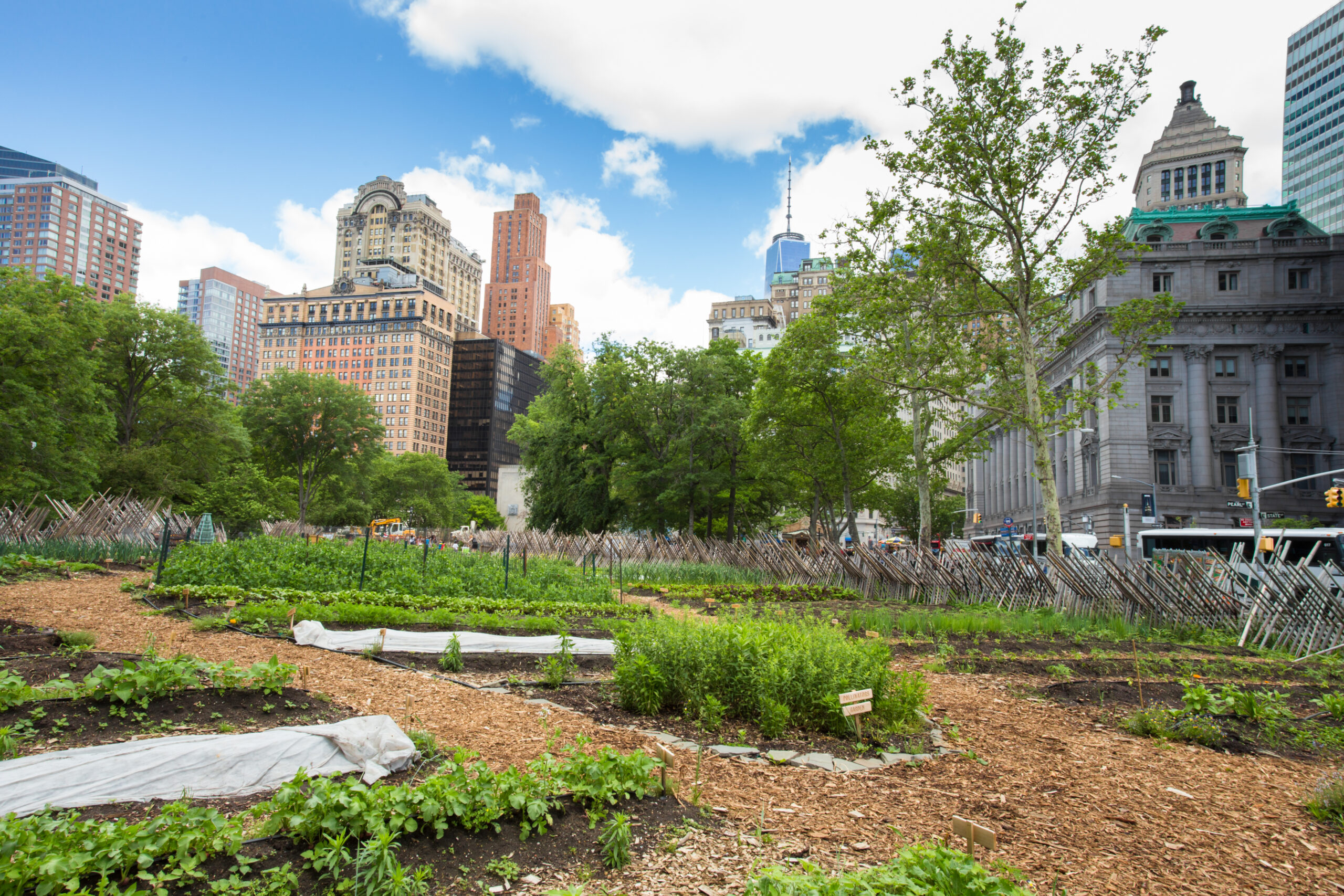Some Known Details About City Blooming
Table of ContentsSome Ideas on City Blooming You Should KnowRumored Buzz on City BloomingLittle Known Questions About City Blooming.City Blooming Fundamentals ExplainedUnknown Facts About City Blooming
Intrigued in growing food for sale in the City of Chicago? Thinking of starting an area garden? Adjustments to the Chicago Zoning Statute allow farming usages like community gardens and city ranches in lots of components of the city. Below is a checklist of regularly asked concerns relating to the guidelines and policies that growers ought to consider when preparing a metropolitan agriculture project.
The zoning modification does not modify any kind of various other codes dealing with composting, structure licenses, buying or leasing City had residential or commercial property, organization licenses or environmental contamination. There are existing codes that manage these concerns and they remain in complete result and may apply to your project. Neighborhood yards are generally possessed or handled by public entities, public companies or community-based companies and maintained by volunteers.
Urban farms expand food that is planned to be sold, either on a not-for-profit or for-profit basis. Due to their commercial function, metropolitan ranches require a service license.
A Biased View of City Blooming
Composting is enabled however only for plant material that is generated and used on site. The amount of compost material can not exceed 25 cubic backyards at any offered time according to the standards in 7-28-715 of the City's Municipal Code. Yes. Since the soil at most new yard sites requires modifying, garden compost, dirt, wood chips, or other materials can be gotten to build or improve the expanding area - sustainability.

If a structure permit is needed after that the hoophouse will be thought about an accessory building. You can figure out even more regarding the structure permit requirements by calling the Division of Buildings. The 25,000-square-foot dimension limit is intended to stop a solitary neighborhood yard from dominating an offered block or diminishing the block's existing residential or commercial character.
The restriction does not use to gardens found in Public Open Room (POS) districts. Can there be greater than one area garden that is 25,000 square feet on a solitary block? Yes. The dimension restriction puts on individual yards, not to individual blocks. No. Secure fencing is not called for, however, gardens that have large car park areas might be required to mount fencing or other landscaping attributes.
City Blooming Can Be Fun For Anyone
B1 & B2 districts require that all industrial use activities be carried out inside your home. R districts limit industrial task. The policies mirror the function and intent of the Zoning Code. Is fencing needed for metropolitan ranches? Yes. Fences may be called for, in addition to landscape design and testing, for specific car park locations and outdoor work or storage areas depending upon area and the specific activity happening.
Yes. Urban ranches need building authorizations and zoning authorizations prior to building and construction. Other kinds of city evaluation might be called for relying on specific structures, activities, dimension, landscape design, licensing, public heath and stormwater monitoring problems. A lot of these needs are determined in the job style or allowing process, however, the applicant may be accountable to independently recognize particular licenses or allows that might be required.
Yes. The sort of certificate is determined by what is happening at the site. The Division of Service Matters and Customer Defense can aid establish the particular sort of business certificate that's called for. Yes. Off street car parking is needed for most business projects in Chicago. The called for variety of car park spaces is based upon the number of employees working with website and not the square video footage of the expanding room.
Fascination About City Blooming

Yes. A metropolitan ranch can market compost product generated on site, nonetheless, the operation needs to abide by the policies in 7-28-715 of the Chicago Municipal Code. Yes. Aquaponic systems are enabled inside on city farms in numerous zoning areas. A zoning testimonial and building authorization is required in order to install frameworks or systems and an organization license is required as explained above.
As much as five hives or swarms of honey bees may be kept as an accessory usage. However, beekeepers have to sign up with the Illinois Department of Farming. For more details concerning the recommended zoning modification you might get in touch with the Department of Real Estate and Economic Development, Bureau of Preparation and Zoning at 312.744.8563.
Farming in cities and city locations A metropolitan ranch in Chicago. Urban farming refers to various techniques of growing. https://telegra.ph/City-Gardening-Embracing-Green-Spaces-in-Urban-Life-06-27, processing, and dispersing food in city locations. The term additionally relates to the area activities of animal husbandry, aquaculture, beekeeping, and cultivation in an urban context. Urban farming is distinguished from peri-urban agriculture, which occurs in backwoods at the side of residential areas.
The 4-Minute Rule for City Blooming
, who seek to create social networks established on a common ethos of nature and area holism. These networks can develop by method of formal institutional assistance, ending up being incorporated right into local community preparation as a "change town" motion for sustainable metropolitan growth.
Some of the first evidence of metropolitan farming comes from Mesopotamia.